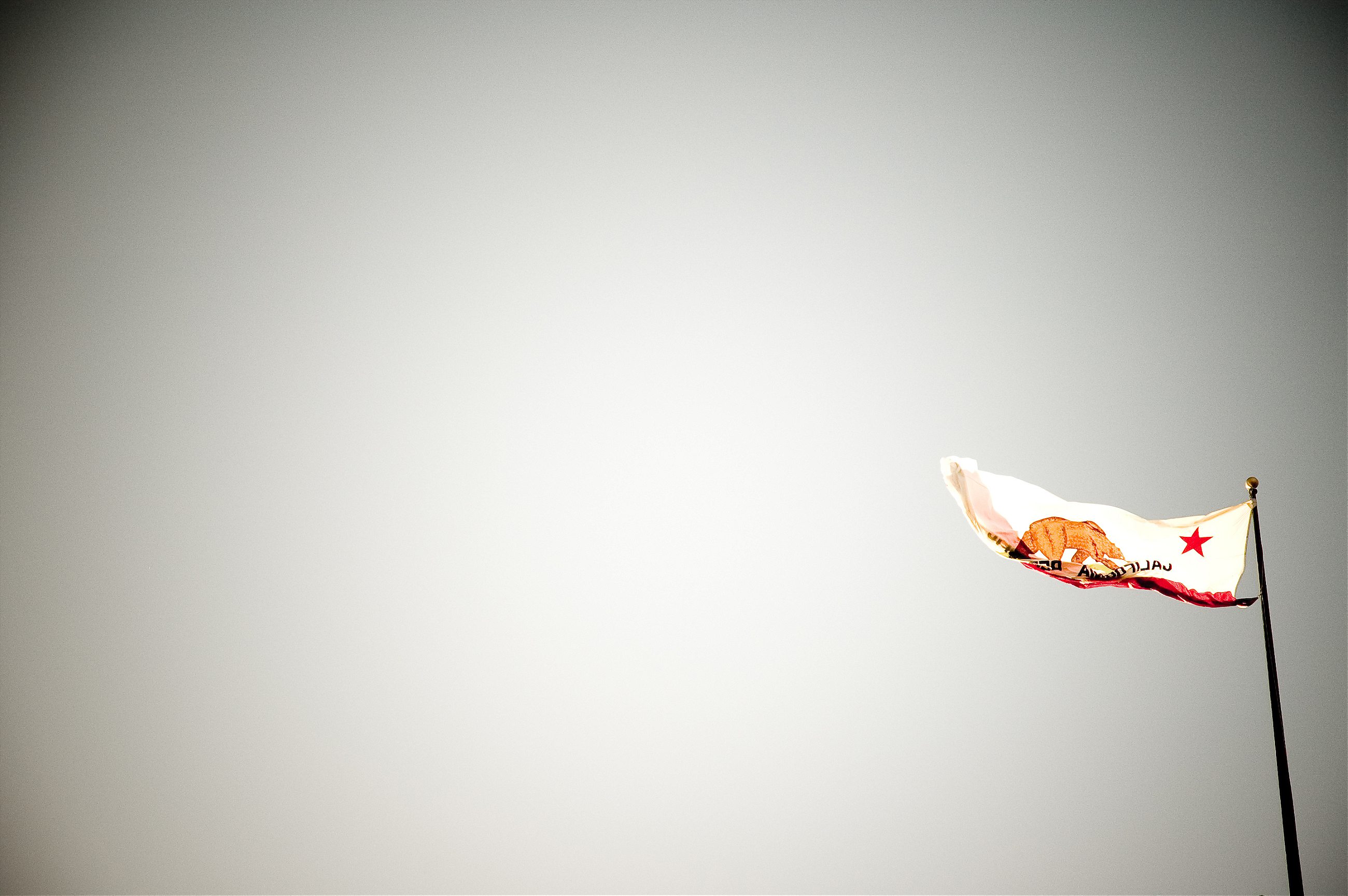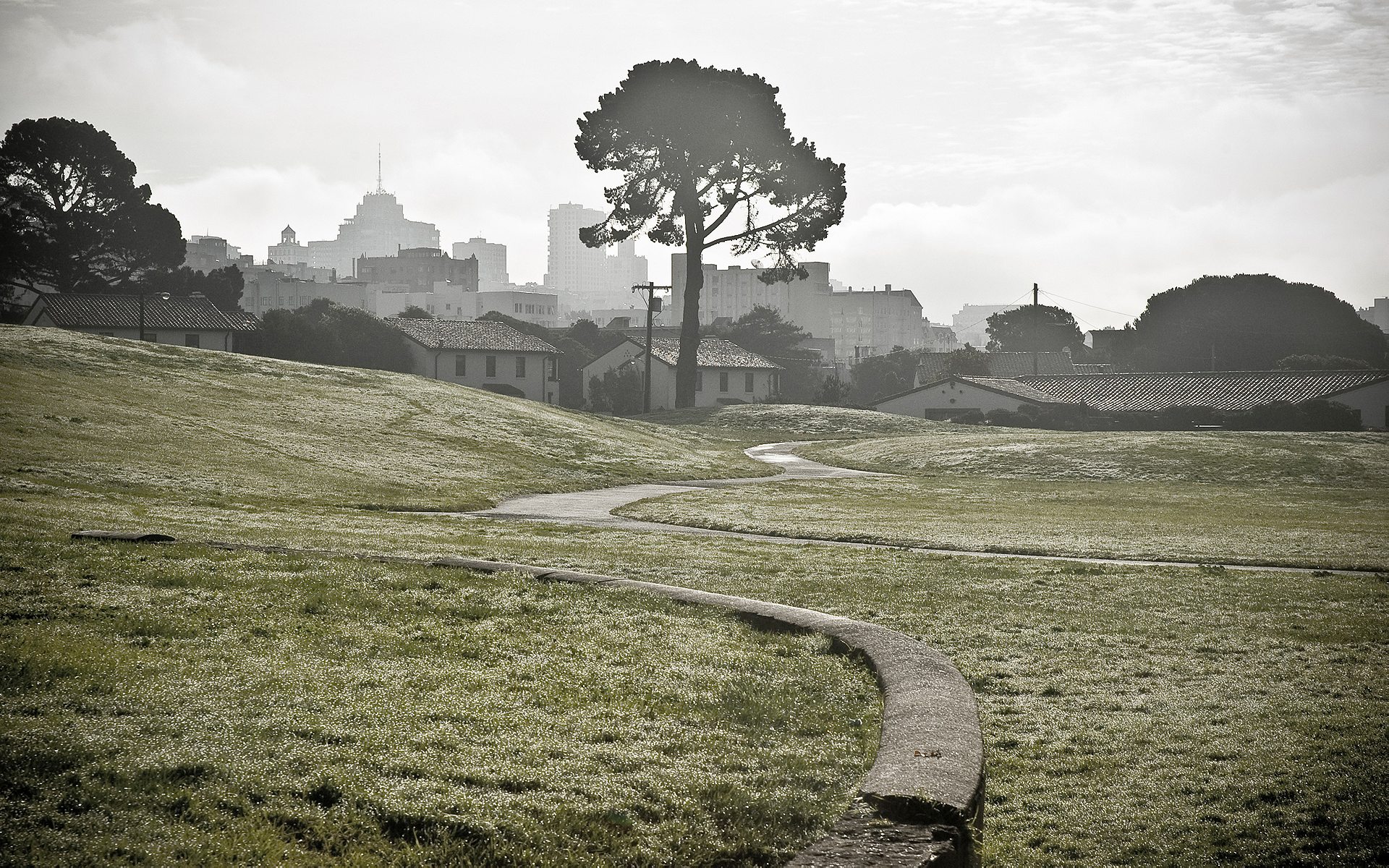On the eve of the World Series, San Francisco native Lincoln Mitchell writes about the western reaches of the city in which he grew up.
It has been a strange few years for those of us who grew up in San Francisco. Perhaps especially for those of us who have moved away and only come back part of the year. Not only are natives rare (one transplant called me a unicorn recently), but the city we grew up with and love also seems to be disappearing.
Fortunately, the San Francisco we knew, the one whose sensibilities were informed by Harvey Milk, Jello Biafra and thousands of Asian and Central American immigrants, not by Mark Zuckerberg, still exists. You just have to head west.
At times moving from east to west in San Francisco feels like traveling back in time. The eastern parts of the City feel almost futuristic, dotted with ultra-modern glass and steel apartment buildings featuring all the latest amenities. The jewel is AT&T Park, the best ballpark in the big leagues. Heading across the city from there, you can get to the financial district, then through the Mission where techies and hipsters live grudgingly side by side, and on to Hayes Valley, where San Francisco’s new wealth is sometimes overwhelming. Don’t forget Pacific Heights, where scions of old San Francisco families live next to the more adventurous 40- and 50-something-year-old alums of the top universities and business schools in the country.

When you finally arrive in the city’s west—the Richmond District, or its southern sister the Sunset—a different San Francisco comes into focus. Many natives know the region simply as The Avenues, from 2nd Avenue to 48th. In the inner Richmond, Clement Street is the heart of a neighborhood of cheap Chinese retail stores, a few remaining Irish bars, blisteringly good Asian restaurants, and cafes where you are still more likely to encounter Asian-American teenagers hanging out talking and flirting with each other, or old hippies reading books, than young white professionals hard at work figuring out the most efficient ways to get Americans to buy and sell things. It is the Avenues where the San Francisco of the last quarter of the 20th century can most clearly still be found.
Most visitors largely ignore the Richmond and Sunset districts. This despite their size: these two neighborhoods seem to extend endlessly westward from the middle of the city toward the setting sun, all the way to the Pacific Ocean. The housing stock out here is modest, row after row of fog-bound two- and three-story houses, often built for a similar number of families, devoid of any of the ornamentation of the Victorians and mansions in other parts of the city. The “Sunset Specials,” as these drab boxes are called, are not the San Francisco of your imagination. But today even Sunset Specials way out in the avenues frequently list for a million and up.

The slower pace of the Richmond, as well as the fog, relative lack of affluence and psychic distance from Silicon Valley, make the neighborhood a favorite for longtime San Franciscans, but slowly evidence of a newer city of extreme wealth and goofily bearded young men looking at their iPhones is creeping into the Richmond.
As late as the 70’s and 80’s, the area was home to thousands of working class San Franciscans, mostly Irish, Italian and Asian San Franciscans, but by 1990 new immigration, primarily from various Asian countries but also from the former Soviet Union, began to change the face of western San Francisco. Back then, like many native bookish San Franciscans of my age, I bought used books and occasionally tried to meet women at Green Apple Books, the anchor of Clement Street. I still frequently stop by the Blue Danube, which in the early 80’s was one of the few real cafes in the western half of the city. It was there that my high school friends and I first went after reading Kerouac or Ginsberg and deciding we too should spend our time in coffee shops discussing literature and politics. That idea lasted about a week. In the 80’s, the Blue Danube was pretty much the only café on Clement that did not cater to elderly pensioners who would sip coffee out of Styrofoam cups with their mesh Niners caps pulled down closely over their heads as they read the Chinese papers.
Minh’s Vietnamese Restaurant, a cheap dive whose food was, in hindsight, nothing special by the high standards of Clement Street, was the place where my friends and I often spent hung-over New Year’s mornings nursing lemongrass noodles and strong Vietnamese coffees. It has long ago given way to a slightly more upscale Chinese place. Burma Superstar, where I wandered in on a lark more than 20 years ago, curious about what Burmese food was, now has lines around the blocks as food-seekers from as far away as New York and Noe Valley wait to eat at the now-famous restaurant.
$13 cocktails in the space where you used to be able to buy $4 pitchers of Anchor Steam
On the eastern border of the Richmond, not far from the University of San Francisco, is Rossi Park. My high school team called the ballfields there home. On many weekends it was easy to find a pickup baseball game, but now the park is overrun on summer days by soccer camps for kids and by evening softball (and occasionally kickball) leagues. A few blocks away, at The Corner Store on Geary and Masonic, patrons can sip $13 cocktails and $4 homemade sodas while waiting for their braised beef tongue with pickled jalapeno or local California halibut with fresh cranberry beans and pesto to arrive, in the space where a generation ago a bar with a vague cable car motif sold $4 pitchers of Anchor Steam and did not aggressively enforce laws about minimum drinking age. Slowly even the Richmond is becoming a place where native San Franciscans give directions based on what used to be there because the names and businesses now change too quickly.
Despite these unavoidable changes, today, western San Francisco can still feel like the real San Francisco to a native. It is, unlike the more glamorous and well-known parts of the city, relatively flat with few dramatic hills or skyscrapers to speak of, only boulevards stretching through the fog all the way to a beach that is almost always too cold for swimming. The bars still skew Irish and are more likely to have a photo of Joe Montana behind the bar than a menu featuring any organic or locally grown products. You can eat very well in the Richmond and Sunset, particularly if you like authentic and cheap Asian food. You can hang out in the Mission or South Beach in a t-shirt and dungarees or even shorts, and think you’re in Sunny California, but in the western half of the city you usually need a few more layers because in fact you’re in San Francisco. The Richmond was, and remains, geographical comfort food for the true San Franciscan soul.

This August there was an unmistakable feeling of pall hanging over the Richmond, because it has lost one of its most famous adopted sons. Robin Williams was known all over the world for his brilliant comedy and acting. In his hometown of San Francisco, he was a local celebrity and booster, but in the Richmond he was also just another neighbor. Longtime denizens of the area all have stories of running into Williams as he was getting ice cream at the Toy Boat Café, stopping for a candy bar at a neighborhood corner store or a burger at Bill’s or Hamburger Haven. Most speak of a warm, funny and decent man, but one who we all knew was tormented by depression and addiction throughout much of his life.
Williams’ death hit San Francisco hard, but for San Franciscans who had a City address years before they had an email address, the loss is particularly acute. Williams was a globally recognized celebrity, but he also was one of us. Through earthquakes, AIDS, economic booms and recessions, Williams never stopped being there for San Francisco. In the 80s, a tougher decade for San Francisco than many newer residents will ever know, Williams made us laugh. He yelled “Forty fuckin’ Niners” from the stage on his first one-man show on HBO. He made fun of Marin County, where he had gone to high school, for being rich, as we San Franciscans did, not for being weird as the rest of the country did. One of Williams’ most famous film monologues was in Good Will Hunting where he played a Red Sox fan and talked about giving up his ticket to game six of the 1975 World Series in Fenway Park so that he could remain at a bar and meet his future wife, but we always knew that his team was really our Giants. Williams remained an institution during a time when many of the other institutions of his generation were being closed, torn down or simply forgotten.
One of Williams’ Richmond District hangouts was Bill’s Place, an old burger joint where a mention of Robin Williams brings a sad sigh of “He was such a nice man,” and a gesture towards a signed photo of the late entertainer from the waitress. She looked like she’d been serving burgers at Bill’s since long before the place needed to advertise “Free Wifi” in the window. Bill’s is somehow is still standing after 40 years, on a very middle class block surrounded by a café, a skin care business, and Chinese restaurants, all across the street from a modest looking Buddhist Temple. The walls are dotted with celebrity photos and awards for best burger in San Francisco for many years going back to 1974.
I’m back in New York now, just returned from San Francisco. But as the World Series starts tonight, I’ll imagine being out in the western part of the city, maybe at Bill’s Place, cheering on the Giants, drinking in the city that I used to know.
